Optimal Seasons for Waterproofing Application
Waterproofing is a critical process that protects structures from water intrusion and damage. Proper timing ensures optimal adhesion and durability of waterproofing materials, extending the lifespan of the protected surfaces. The right season and weather conditions can significantly influence the effectiveness of waterproofing applications.
Spring offers moderate temperatures and lower humidity, making it ideal for waterproofing projects. Dry weather reduces the risk of moisture interference during application.
Summer provides long daylight hours and warm temperatures. However, high humidity and rain can hinder proper curing and adhesion if not carefully managed.
Fall features cooler temperatures and less humidity, creating favorable conditions. It is often preferred for projects that require thorough curing before winter.
Winter is generally unsuitable due to freezing temperatures and snow. Water-based products may not cure properly, risking compromised protection.
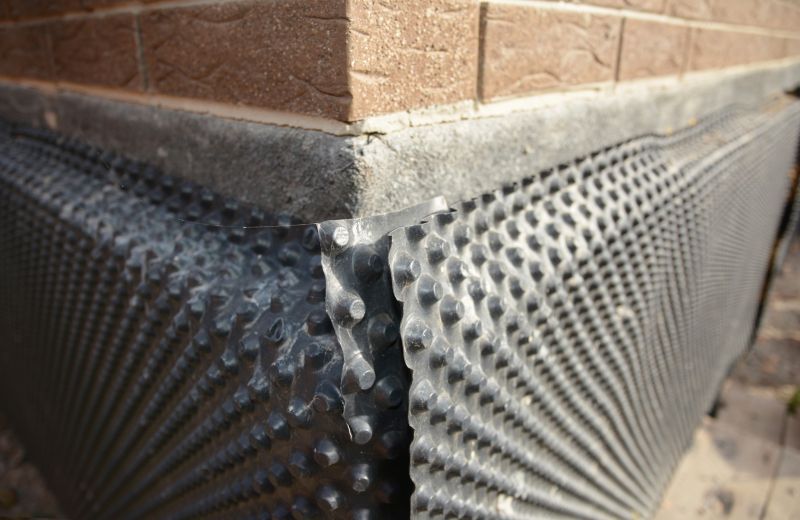
Spring's mild weather supports effective waterproofing projects.
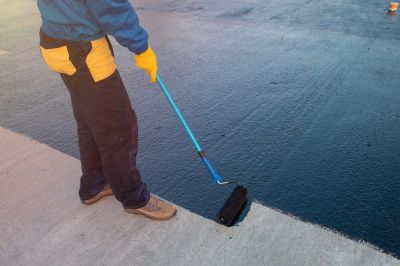
Summer requires careful timing to avoid high humidity and rain.
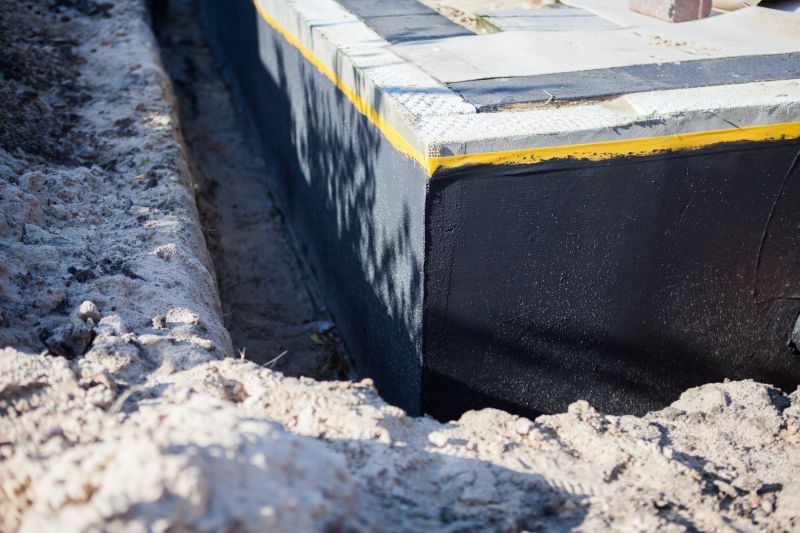
Fall's cooler temperatures facilitate thorough curing.
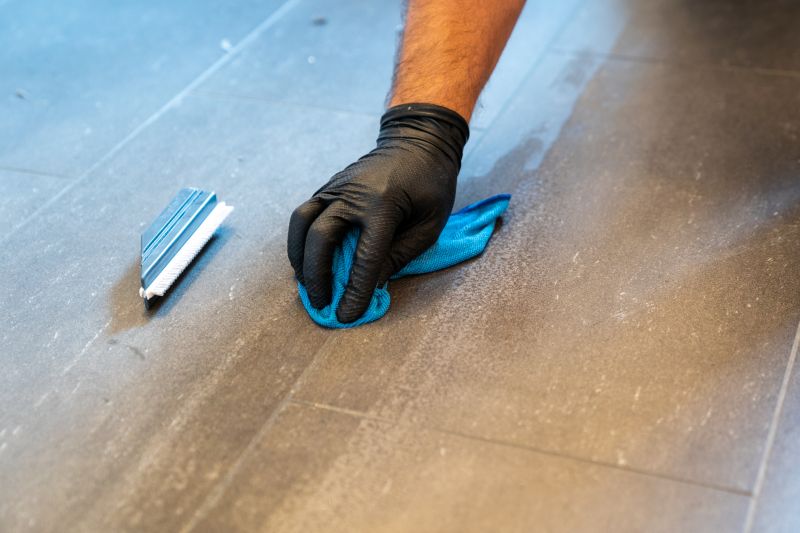
Ways to make Waterproofings work in tight or awkward layouts.
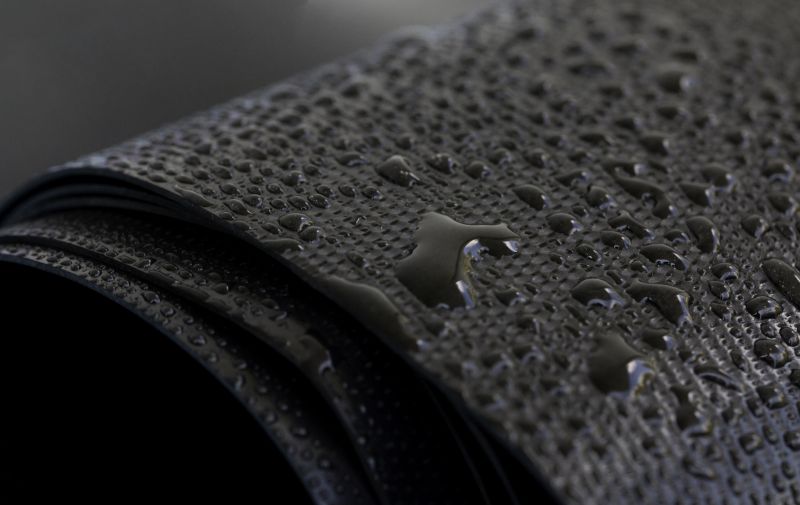
Popular materials for Waterproofings and why they hold up over time.
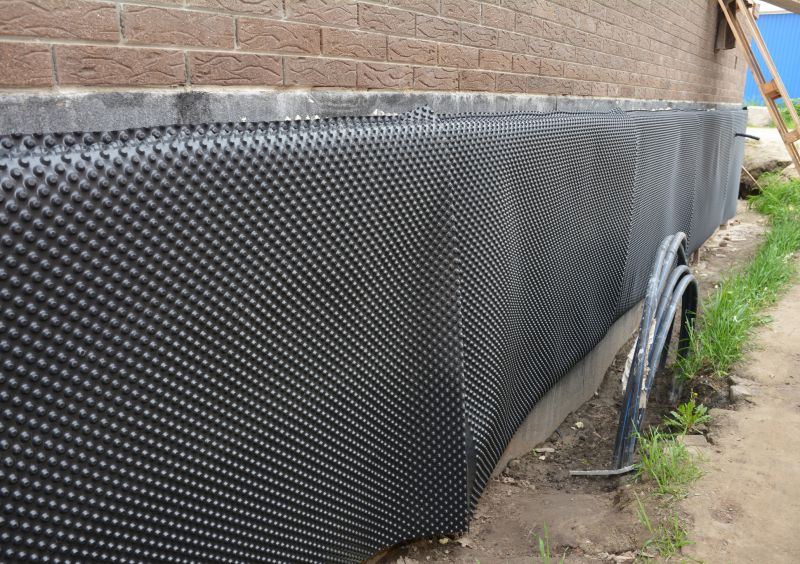
Simple add-ons that improve Waterproofings without blowing the budget.
| Season | Recommended Conditions |
|---|---|
| Spring | Temperatures 50-75°F, low humidity, dry weather |
| Summer | Warm temperatures, avoid high humidity and rain |
| Fall | Cooler temperatures, low humidity, dry days |
| Winter | Freezing temperatures, snow, high risk of poor curing |
Waterproofings are essential for protecting foundations, roofs, basements, and other structures from water damage. They help prevent leaks, mold growth, and structural deterioration. Proper application during suitable weather conditions maximizes effectiveness and longevity of waterproofing materials. Different types of waterproofing, such as liquid membranes, sheet membranes, and sealants, perform best under specific environmental conditions. Statistics indicate that waterproofing failures are often linked to improper timing or application during unsuitable weather, emphasizing the importance of planning projects during optimal seasons.

Proper weather conditions enhance waterproofing results.
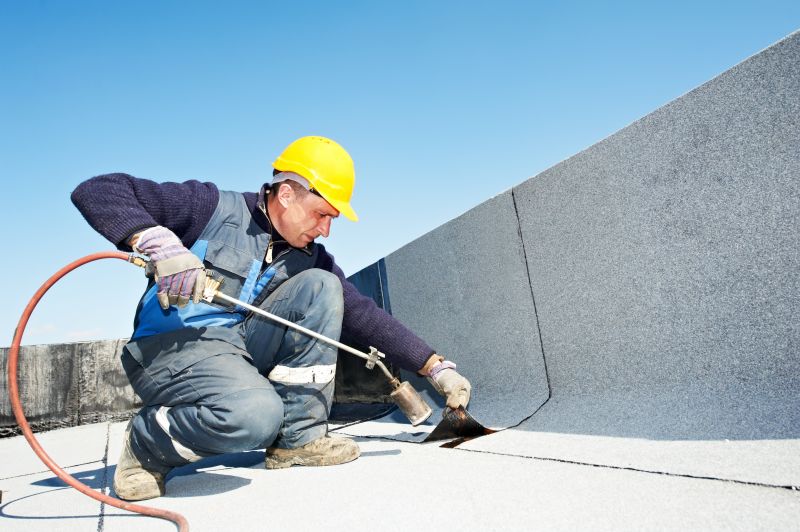
Well-timed application ensures durability.
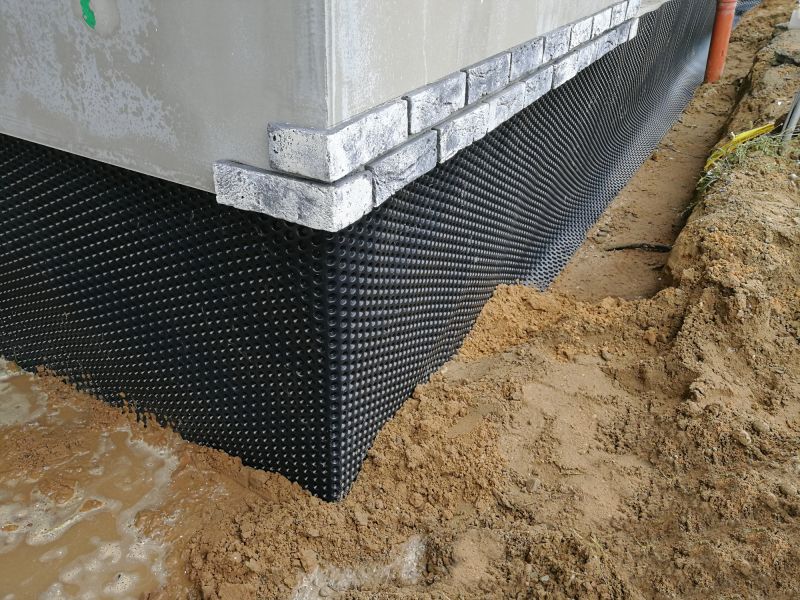
Selection depends on environmental conditions.
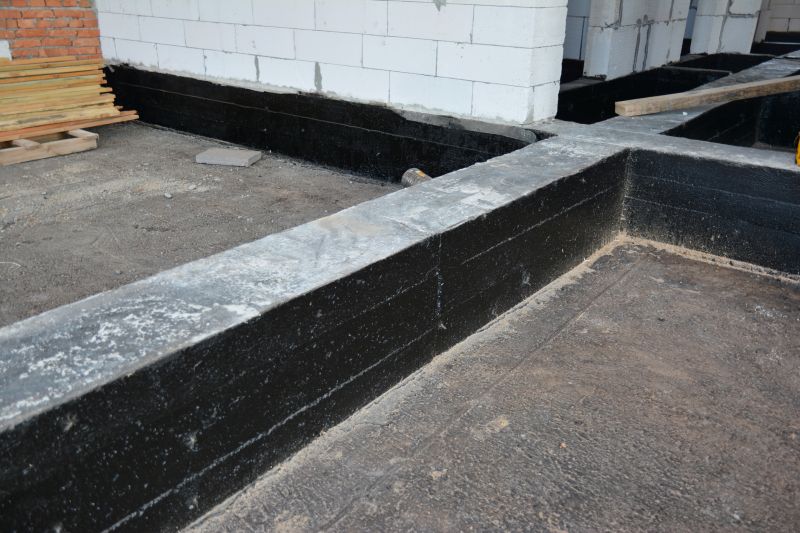
Timing influences inspection outcomes.
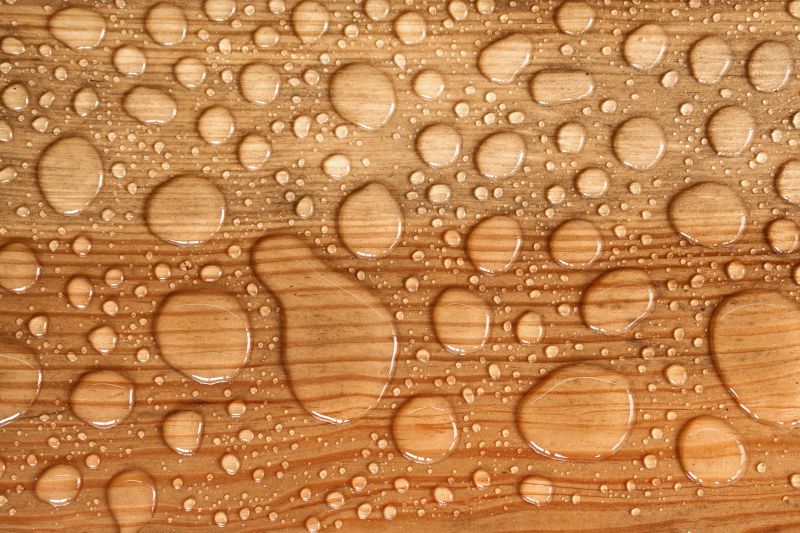
High-end options that actually feel worth it for Waterproofings.
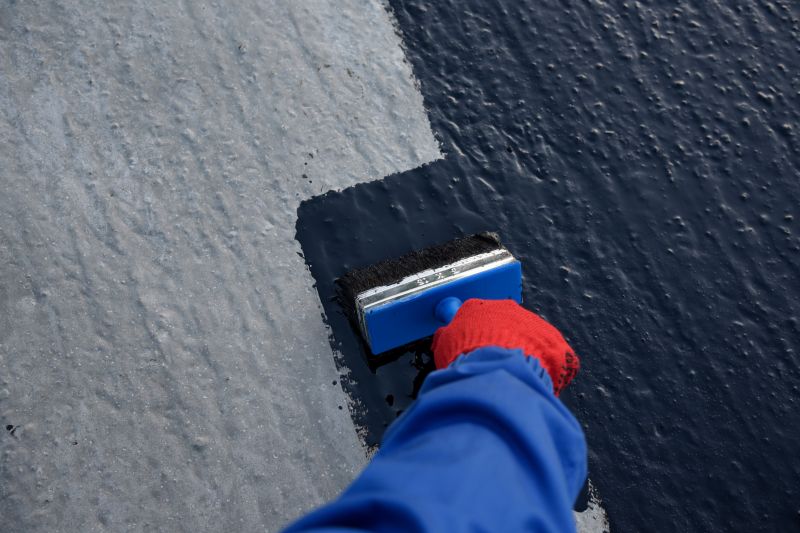
Finishes and colors that play nicely with Waterproofings.
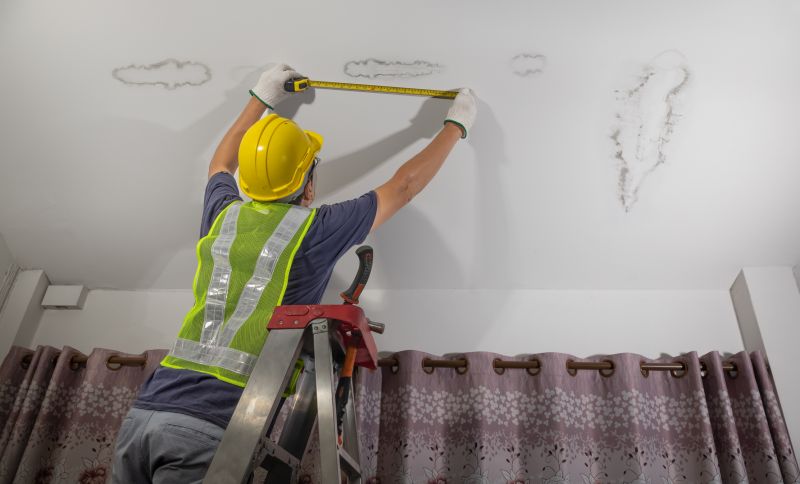
Little measurements that prevent headaches on Waterproofings day.
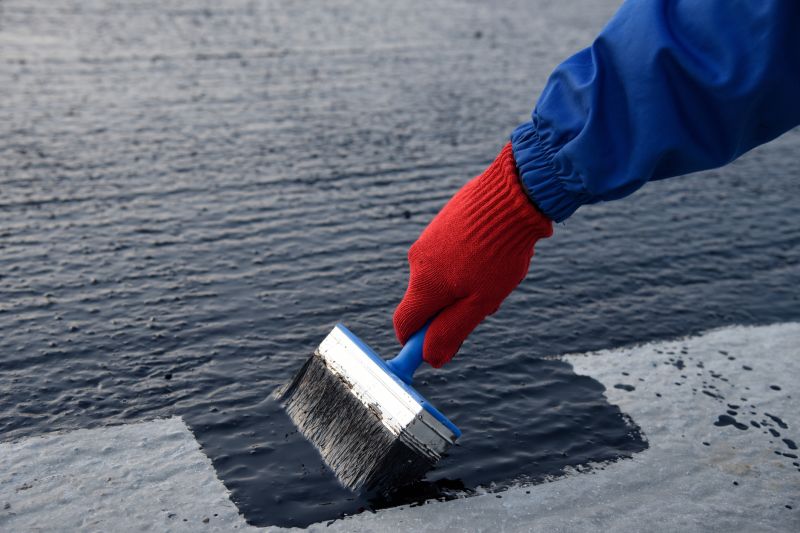
A 60-second routine that keeps Waterproofings looking new.
Interested parties are encouraged to contact for further information on waterproofing options and scheduling. Proper timing and application are vital for ensuring the effectiveness and longevity of waterproofing systems, making expert consultation valuable for optimal results.

